The 170-year-old brand has changed hands since the founding family started it, but it hasn’t lost its edge.
Cartier is one of the most familiar high-end luxury jewelry brands, and like other iconic fine jewelers, it achieved this recognition through years of diligence, integrity, pride and passion. But there is another dimension that makes its staying power remarkable: Cartier has not been a family concern since 1964.
It is no mean feat to continue a heritage and deliver excellence in both craftsmanship and design without family involvement. To understand how the company achieved this, one has to look back to the foundations laid by Jacques, Pierre and Louis Cartier, who followed their father and grandfather into the business at the end of the 19th century. “It was the three Cartier brothers…who really brought life to both the designs and the business,” confirms Michel Aliaga, associate director of heritage documentation at Cartier.
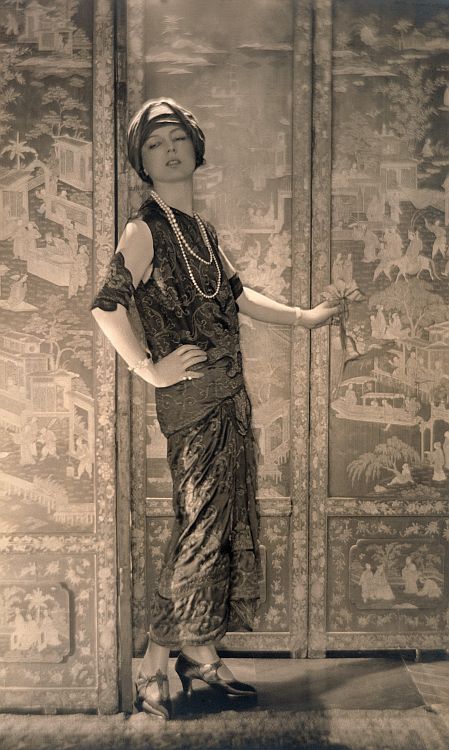
The spirit of Paris
The early 20th century in Europe was a cornucopia of opulence; female American millionaires traveled to France to be part of Parisian high society, and buying the latest fashion and jewels was paramount in keeping up with that society. The Cartier brothers wanted to be ambassadors of French style, and when they took over the company from their father, Alfred — each later becoming responsible for one of its three showrooms, located in New York, Paris and London — they ensured that their designers were always trained in Paris to maintain the French spirit of their designs.
Paris was the epicenter for luxury, and Louis Cartier’s first wife, Andrée Worth, the granddaughter of haute couture designer Charles Frederick Worth, had a shop on Rue de la Paix in which Cartier exhibited its jewelry. This arrangement was an essential method for seducing new clients into thinking about which jewels would complement their dresses, or the other way around.

From platinum to panthers
As the third generation, the brothers introduced new styles and workshops to the company, enabling complete control over the designs and manufacture. The 1900s saw the French invention of the oxyacetylene torch, which allowed goldsmiths to work with platinum instead of silver, since they could now reach platinum’s high melting point. Being a strong metal that didn’t tarnish, unlike silver, platinum let them achieve fine lace-like work. Alongside Cartier’s close work with haute couture, the company concentrated on creating jewels inspired by the embroideries of Louis XVI, while ensuring that these jewels were comfortable to wear. The style, known as the Marie Antoinette or Garland style (1900 to 1914), was a huge success for Cartier.
As fashion changed, freeing women of the corset — and with the highly exotic introduction of the Ballet Russe, which captivated audiences and designers alike with its bright colors and flowing fabrics — clothes designed by Paul Poiret and inspired by African and Oriental cultures all translated into Cartier’s jewelry designs. The Style Moderne was born, and in 1925, the Exposition des Arts Decoratifs (which had been planned for 1916, but was delayed due to the war) took place in Paris. Haute couture designer Jeanne Lanvin convinced Louis Cartier to exhibit with the fashion houses in the Pavillon de l’Élégance.
But the jeweler’s success was also due to the influence and attitude of a woman who represented femininity and strength: Jeanne Toussaint, who joined Cartier in 1918 and later became the company’s artistic director for the next 50 years. Suddenly, the feline was associated with the feminine thanks to Toussaint’s introduction of animals and nature, and it was under her direction that some of Cartier’s most iconic jewels were born. Louis Cartier nicknamed her “the panther,” and this association led to the creation of the company’s famous cat jewels, the Panthère de Cartier.
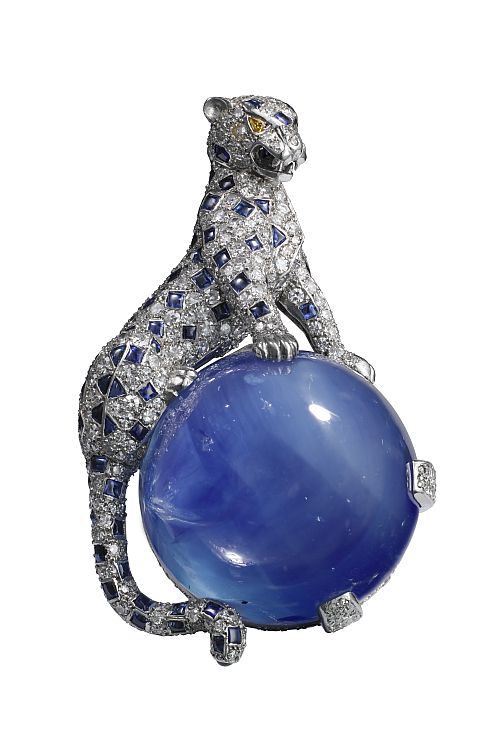
New management
All this success and legacy-building was threatened, however, when the three brothers’ children — the fourth generation of the Cartier family — decided to sell off the shops, beginning with New York in 1964 and Paris in 1968. This meant each shop had a different owner until the new owner of Cartier Paris bought the London location in 1974. As such, from 1964 until the early 1980s, Cartier went in three separate directions. There were a few collaborations between shops, and some designs were shared, leading to the success of the Love bracelet and the Tank watch, but it was the high jewelry that struggled to find a unity. There was no central art direction or essence to Cartier’s fine jewelry, which meant craftspeople were not achieving their creative potential. In addition, demand for fine jewelry was sparse, and that eventually resulted in some workshops closing.
In 1968, Robert Hocq, owner of the successful cheap lighter brand Silver Match, asked the jeweler if it would grant him a license to make a Cartier lighter, which it did, and the product became a huge success. So much so that Hocq, along with a few other investors, eventually bought Cartier Paris in 1972, then London in 1974, and two years later New York. He created Le Must Cartier, which also became successful, and with that, he was able to reintroduce the workshops — particularly Cartier Paris, the center of Cartier design.
The impact of Hocq’s vision cannot be underestimated, Aliaga stresses. “Le Must Cartier brought worldwide attention back to the company, especially from a new, young clientele, and gave Cartier the boost it needed to design new and exciting fine jewelry.”
From 1981 to 2000, Micheline Kanouï, wife of CEO Joseph Kanouï, was the artistic director, but after she left, there was to be no more head of design. Instead, it became more of a team effort. Today, any Cartier high jewelry design must receive approval from the director of high jewelry creations, Jacqueline Karachi, along with a committee of deciders including the CEO, the head of heritage, the workshop manager and the finance director.
“The Cartier design process rests on the traditions and practices established by Louis, Pierre and Jacques,” testifies Aliaga. “Their focus on working together is the same as that which drives our designing and making.”
Cartier’s secret to longevity, then, is the collaboration between its craftspeople and its designers, and it is the jewel that takes center stage. It’s no wonder that Cartier has been at the top of everyone’s wish list. But nothing is permanent, and it still takes vision and determination to keep it an international success.
“Tutti frutti” jewels are among the most distinctive of Cartier’s designs. They appealed to many fashion icons, including Daisy Fellows, the Singer sewing machine heiress who briefly edited Paris Harper’s Bazaar magazine until she decided it was more fun to wear the jewels than write about them. These pieces, set with carved rubies, emeralds and sapphires, became a refreshing alternative to the monochromatic Art Deco jewelry of the time. These jewels are incredibly sought-after at auctions today, and remain an inspiration for Cartier’s high jewelry.
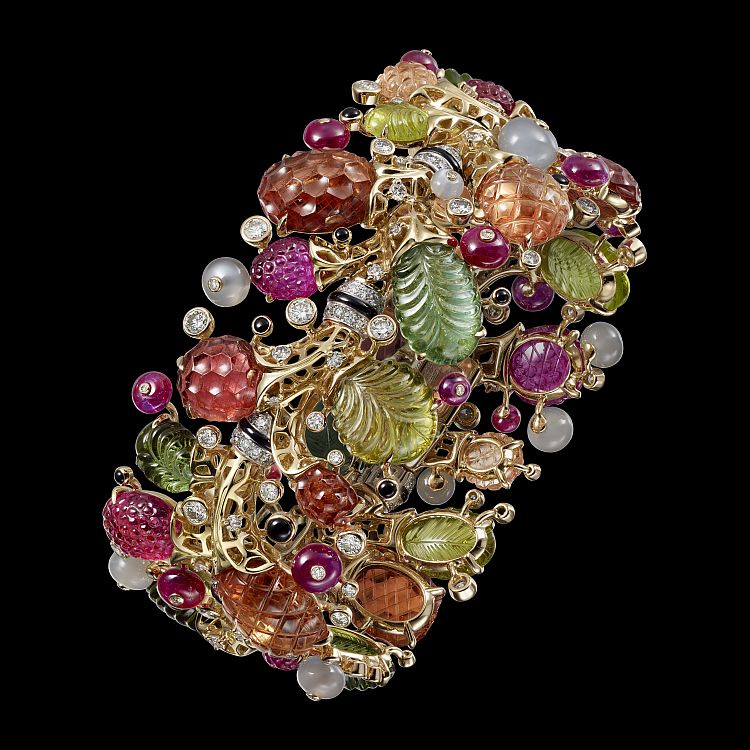
A HISTORY OF CARTIER
1847 – Jeweler Louis-François Cartier founds the company, later run by son Alfred and grandsons Pierre, Louis and Jacques.
1899 – Premises open on Rue de la Paix.
1902 – King Edward VII of England orders 27 tiaras from Cartier for his coronation, referring to the maison as “the jeweler of kings and the king of jewelers.”
1911 – Jacques makes a trip to India at the time of the Delhi Durbar.
1917 – A cigarette case that Louis Cartier gives Jeanne Toussaint — later the company’s celebrated designer — is the first Cartier piece to show the entire panther.
1918 – Toussaint joins Cartier.
1933 – Toussaint becomes artistic director of high jewelry.
1949 – The Duchess of Windsor commissions a brooch featuring a panther rising above a cabochon sapphire weighing over 152 carats.
1962 – Claude Cartier sells Cartier’s New York.
1966 – Marion Cartier sells Cartier’s Paris.
1969 – Cartier buys a pear-shaped, 69.42-carat diamond at auction, then sells it to Richard Burton and Elizabeth Taylor.
1972 – A group of investors led by Joseph Kanouï acquires Cartier’s Paris.
1973 – At auction, Cartier buys one of its own pieces from half a century before, marking the beginning of its collection celebrating the changing styles of Cartier. The oldest piece in the current collection is from 1860.
1974 – The new owners of Cartier’s Paris acquire Cartier’s London as well.
1997 – Cartier celebrates its 150th anniversary.
2003 – The intersection of Fifth Avenue and 52nd Street in New York is officially named “Place de Cartier.” Cartier acquired the mansion in 1907 from Maisie Plant, who traded in her six-story house for a string of Cartier natural pearls and moved uptown.

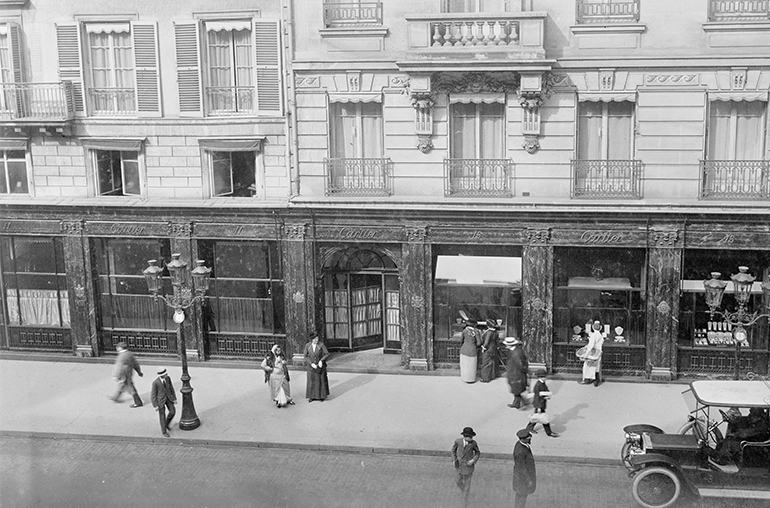
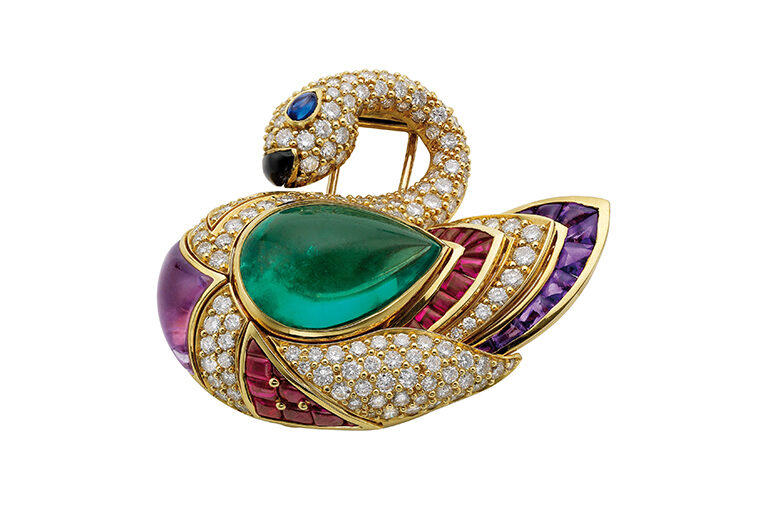
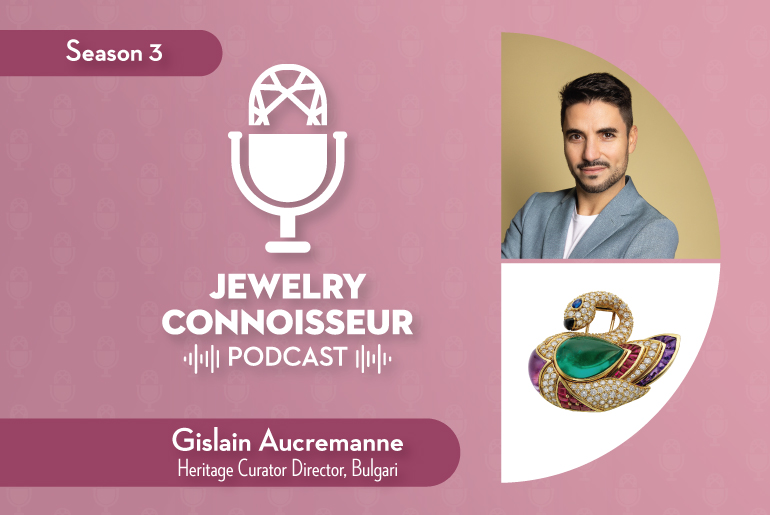
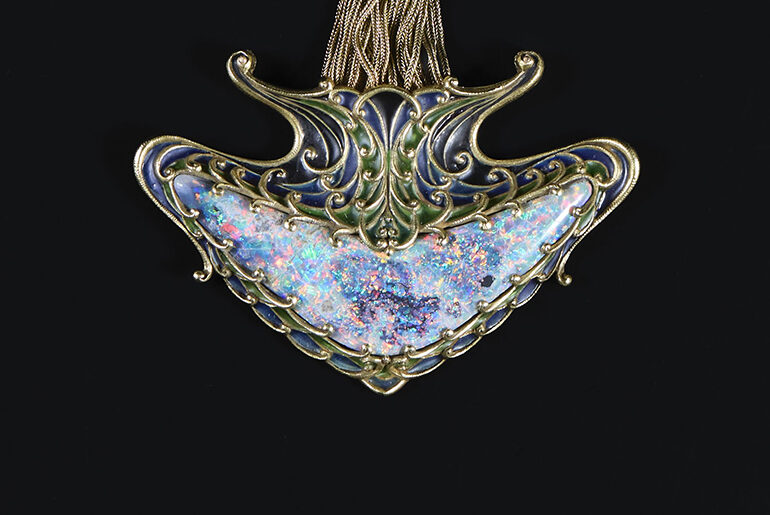
Comments are closed.